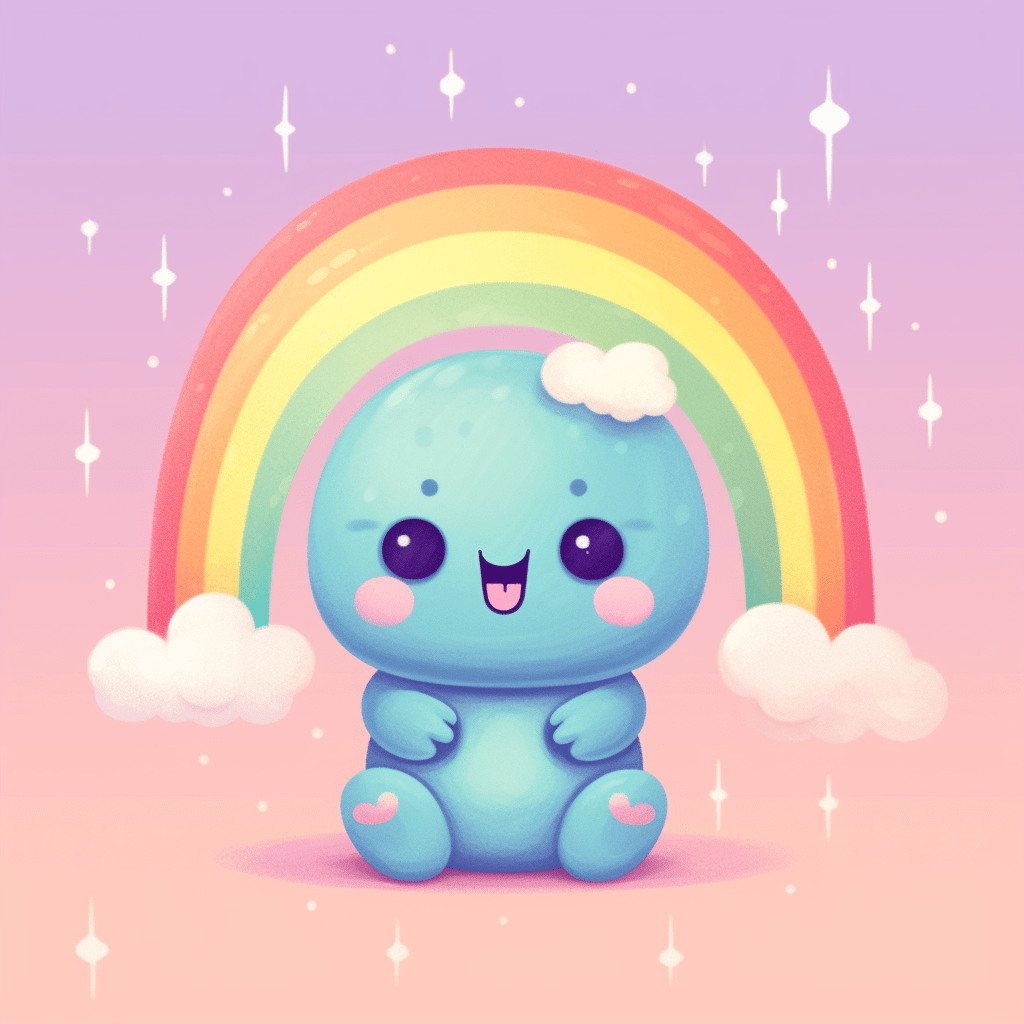The world of non-fungible tokens (NFTs) has rapidly evolved, becoming a transformative force in the digital art, collectibles, and gaming sectors. As the NFT market continues to gain traction and attract creators and collectors alike, staying informed on emerging trends and technological advancements is crucial for artists seeking to adapt and innovate. This article explores the future of NFT generation, examining key trends and developments that will shape the ecosystem and potentially unlock new opportunities for creators.

Emergence of New Blockchain Networks
Ethereum has long been the dominant blockchain network for NFT generation, but new players are entering the scene with unique features, attracting creators with lower fees, greater scalability, and other improvements. Some notable networks to watch include:
- Binance Smart Chain: This network offers high throughput and significantly lower gas fees than Ethereum, making it an attractive option for creators. Leading NFT platforms like BakerySwap and Treasureland are built on Binance Smart Chain.
- Solana: With ultra-fast processing capabilities and low transaction fees, Solana is poised to become a powerful contender in the NFT space. Marketplaces like SolSea and Magic Eden cater to users within the Solana ecosystem.
- Flow Blockchain: Developed by Dapper Labs, the creators of CryptoKitties, Flow blockchain enables decentralized applications and digital assets, including popular NFT projects like NBA Top Shot.
The Integration of AR, VR, and Metaverse Technologies
The implementation of augmented reality (AR), virtual reality (VR), and metaverse concepts in the NFT environment can lead to immersive and interactive experiences:
- AR and VR Art Galleries: As AR and VR technologies become more sophisticated, the possibilities for displaying NFTs in virtual and augmented environments will expand. Creators can showcase their work in innovative ways, providing unique and engaging experiences to collectors.
- Metaverse Integration: With the growing adoption of metaverse platforms like Decentraland and The Sandbox, NFTs can become an integral part of virtual worlds. Users can showcase their digital assets, trade with other users, and even create immersive virtual experiences utilizing their NFT collections.
Cross-chain Compatibility and Interoperability

As the number of available blockchain networks grows, cross-chain compatibility and interoperability will become increasingly important in the NFT ecosystem:
- Multi-chain NFT Platforms: NFT creation platforms that support multiple networks, allowing creators to mint NFTs on different blockchains, will drive further innovation and adoption. Examples include OpenSea, which supports Ethereum and Polygon networks, and Treasureland, which operates on Binance Smart Chain and Ethereum.
- Cross-chain Asset Bridges: In the future, cross-chain solutions that enable seamless asset transfers between different networks
- will play a critical role in the NFT landscape. Such bridges can enhance liquidity, making it easier for users to trade and access a wider range of digital assets across multiple networks.
- Unified Marketplaces: The development of aggregated marketplaces that allow users to browse, purchase, and sell NFTs across different blockchains will contribute to the wider adoption of NFTs. These unified platforms can streamline the user experience by offering a singular access point to diverse digital assets.
The Evolution of NFT Utilities and Use Cases
As the NFT market matures, creators will find new and inventive ways to utilize and monetize their digital assets:
- Fractionalization: The concept of fractionalizing NFTs allows for multiple individuals to own a portion of a unique digital asset. Dividing an NFT into smaller shares can make high-value assets more accessible to a broader audience, contributing to the democratization of digital art and collectibles.
- NFTs in Gaming: Integration of NFTs in gaming is already prevalent, and the trend is likely to gain more traction in the future as in-game items, currency, and customizable characters become tokenized assets. These NFTs can provide utility to players while retaining value as collectibles outside the gaming environment.
- Tokenization of Physical Assets: As NFT technology continues to evolve, we may witness increased tokenization of physical assets, such as rare memorabilia, luxury items, or works of art. Combining physical and digital ownership through NFTs can create new markets and opportunities for collectors and investors alike.
Final Word

In conclusion, the future of NFT generation promises a myriad of exciting trends and technological advancements. From new blockchain networks and cross-chain compatibility to the integration of AR, VR, and metaverse technologies, creators and collectors can look forward to a landscape that constantly pushes the boundaries of what’s possible. By staying informed of emerging developments and remaining adaptable, artists and creators can harness the power of these innovations to generate and monetize unique digital assets, unlocking the full potential of the NFT market.
